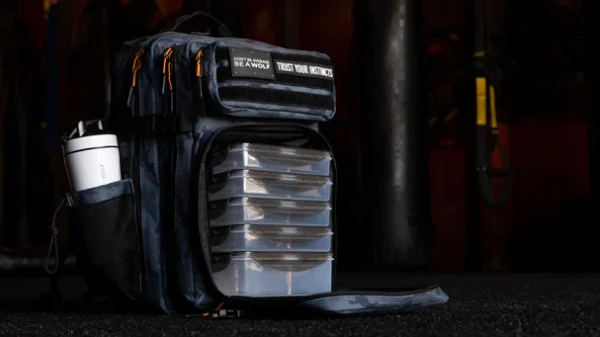History of the Stomach Vacuum Pose
The vacuum pose, an iconic move in the bodybuilding discipline, has a rich history that stretches back to the golden era of the sport. The pose gained significant popularity through Frank Zane, a three-time Mr. Olympia winner known for his iconic vacuum pose that highlighted his chiseled abs and svelte waist.
The vacuum pose, also known as “abdominal hollowing,” is a powerful isometric exercise that targets the transverse abdominis muscle, the deepest layer of abdominal muscle. The pose involves sucking in the stomach to create an inward pull, resulting in the illusion of a smaller waist and more defined abs. It was a critical element in the routines of bodybuilding legends, including Zane, who incorporated it into his weekly workout routine.
The Vacuum Pose Still Reigns King
However, as bodybuilding evolved and the emphasis shifted towards more mass and less aesthetics, the vacuum pose fell out of favor. The move was considered old-fashioned and less impressive compared to the bulked-up physiques that dominated the stage. The vacuum pose was left behind, seen as a relic of a bygone era.
However, in recent years, there has been a resurgence in the popularity of the vacuum pose. With the introduction of the Classic Physique category in bodybuilding competitions, aesthetics are once again at the forefront, and the vacuum pose is being embraced by a new generation of athletes. The pose is seen as a testament to an athlete’s control over their physique, showcasing not just their physical strength but also their discipline and precision.
In conclusion, the vacuum pose is a timeless element of bodybuilding, representative of the sport’s history and evolution. From Frank Zane’s era to the present, the pose continues to captivate audiences with its blend of strength, control, and aesthetic appeal. Despite the changes in bodybuilding trends, the vacuum pose remains a symbol of the sport’s enduring charm and the pursuit of the perfect physique.
Who Should and Shouldn’t Do the Stomach Vacuum Exercise
While the stomach vacuum exercise is generally safe, it may not be suitable for everyone. Individuals with an abdominal wall hernia, serious back or neck issues, and pregnant women should avoid this exercise. If you experience shortness of breath or pain while doing the exercise, it’s advisable to stop immediately.
A hernia is a medical condition that occurs when an organ or tissue pushes through a weak spot in the body’s muscular wall, often causing a visible bulge. This usually happens in the abdomen, but it can also occur in the upper thigh, belly button, or groin regions. There are several types of hernias, including inguinal, femoral, umbilical, and hiatal, each relating to the area of occurrence. Hernias can develop over time due to continuous strain on the muscles, which can be caused by activities such as heavy lifting, persistent coughing, or obesity. Symptoms may include pain, discomfort, and swelling around the affected area. However, some hernias may be asymptomatic, only becoming apparent during routine medical examinations. It’s important to seek medical help if a hernia is suspected, as some types can lead to serious complications if left untreated. Treatment typically involves surgery to repair the hernia and strengthen the muscle wall.
The Final Verdict on the Stomach Vacuum Exercise
While the stomach vacuum exercise has generated a lot of hype, thanks to viral internet trends, it’s crucial to have realistic expectations. Remember, competitors showcasing toned midsections likely practice a comprehensive core workout regime and maintain a healthy diet alongside the stomach vacuum exercise. Thus, while this exercise can be a beneficial addition to your routine, it should not be considered a standalone solution for a slimmer waistline or flat abs.
In the end, the stomach vacuum exercise is a valuable tool in your fitness arsenal, offering a unique way to work your abdominal muscles and potentially enhance your core strength and posture. Its simplicity and versatility make it a convenient addition to any workout routine. However, always remember that a balanced diet, regular exercise, and consistency are the true secrets to achieving your fitness goals.
Stomach Vacuum Exercises for Success
Looking to learn stomach vacuum exercises to hit the perfect vacuum pose? The pro fit posing can help you today







